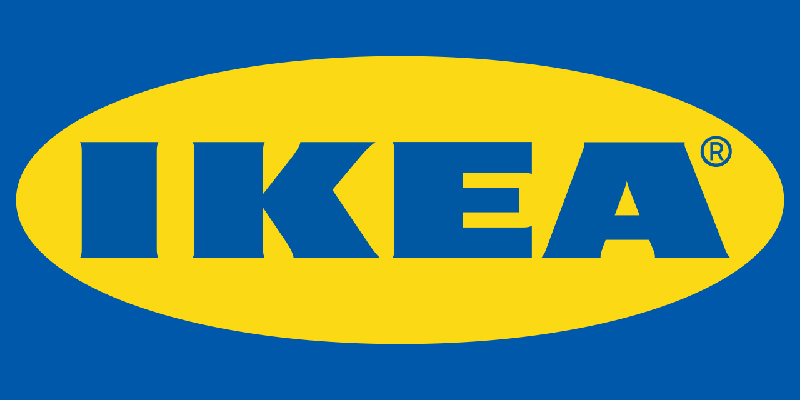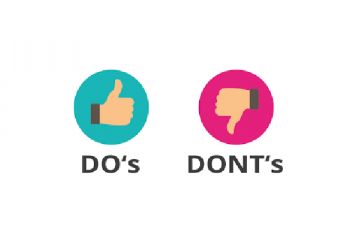
Viv Harries is the Founder of Vivi Creative. He works with businesses to give them the creative edge with unique designs and a solid brand identity.
recent posts
- What Is Branding? A Guide for Business Owners in 2025
- Thinking About Rebranding Your Business in Wales? Here’s What You Need to Know
- How to Build a Brand That Connects Emotionally with Your Audience
- How to Build a Website That Actually Converts Visitors into Customers
- The Ultimate Guide to Branding for Welsh Businesses in 2025

Designing for Sustainability: Creating Eco-Friendly Designs for a Greener Future
In an era where environmental concerns have become increasingly pressing, designers like us have a unique opportunity and responsibility to create sustainable and eco-friendly designs. By adopting sustainable practices, we as design professionals can contribute to the preservation of our planet and create a positive impact. In this blog post, VIVI Creative will explore the importance of designing for sustainability, delve into strategies for making designs eco-friendly, and highlight inspiring examples of sustainable brands leading the way towards a greener future.
Understanding the Importance of Designing for Sustainability
Designing with sustainability in mind is crucial for addressing the environmental challenges we face today. The choices we make as designers can significantly impact resource consumption, waste generation, and carbon emissions. By embracing sustainable design principles, we can minimize our ecological footprint and contribute to a more sustainable future. From reducing energy consumption to using eco-friendly materials, there are numerous ways designers can make a positive difference.
Strategies for Creating Eco-Friendly Designs
Material Selection:
Opt for sustainable and renewable materials, such as organic fabrics, recycled paper, and FSC-certified wood. Consider the life cycle of materials, including their sourcing, production, and disposal.
Energy Efficiency:
Design with energy efficiency in mind by using energy-efficient lighting, appliances, and systems. Incorporate natural lighting and ventilation to reduce reliance on artificial sources.
Waste Reduction:
Minimise waste by embracing principles such as recycling, upcycling, and using packaging materials that are recyclable or biodegradable. Design for disassembly to enable easier recycling or repurposing at the end of a product's life.
Minimalism and Functionality:
Embrace minimalism by designing products and interfaces that are streamlined and efficient. Focus on functionality and eliminate unnecessary elements, reducing material consumption and promoting longevity.
Life Cycle Assessment (LCA):
Conduct a life cycle assessment to understand the environmental impact of a design throughout its entire life cycle. Identify areas for improvement and make informed decisions based on the findings.
Inspiring Examples of Sustainable Brands
Patagonia:
Patagonia is a renowned outdoor apparel brand committed to sustainability. They use recycled materials, promote fair labor practices, and actively encourage consumers to repair and reuse their products through initiatives like the Worn Wear program.

IKEA:
IKEA, the Swedish furniture giant, has made sustainability a core part of its business model. They focus on using renewable and recycled materials, minimising waste, and designing products for easy assembly, disassembly, and recycling.

Allbirds:
Allbirds is a footwear company known for its sustainable approach. They use natural and renewable materials like merino wool and eucalyptus fibers, prioritise carbon neutrality, and have introduced sustainable packaging materials.

Tesla:
Tesla revolutionized the automotive industry with its electric vehicles, reducing carbon emissions associated with transportation. They also incorporate sustainable practices in their manufacturing processes and promote renewable energy solutions.

LUSH:
LUSH, a cosmetics brand, emphasizes ethical sourcing, packaging reduction, and cruelty-free production. They utilise recycled materials for their packaging and offer package-free alternatives for many of their products.
Designing for sustainability is no longer an option; it's an imperative for creating a greener future. By adopting eco-friendly practices in our designs, we can minimise environmental impact, conserve resources, and promote a more sustainable society. From conscious material selection to waste reduction strategies, designers have the power to make a positive difference. The examples of sustainable brands mentioned above demonstrate the tangible impact that design can have on the environment.
Thanks for reading



